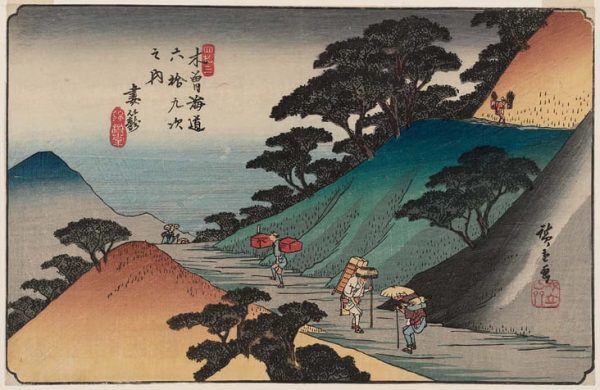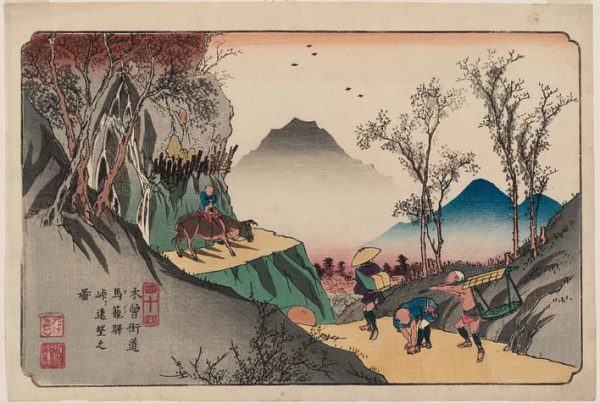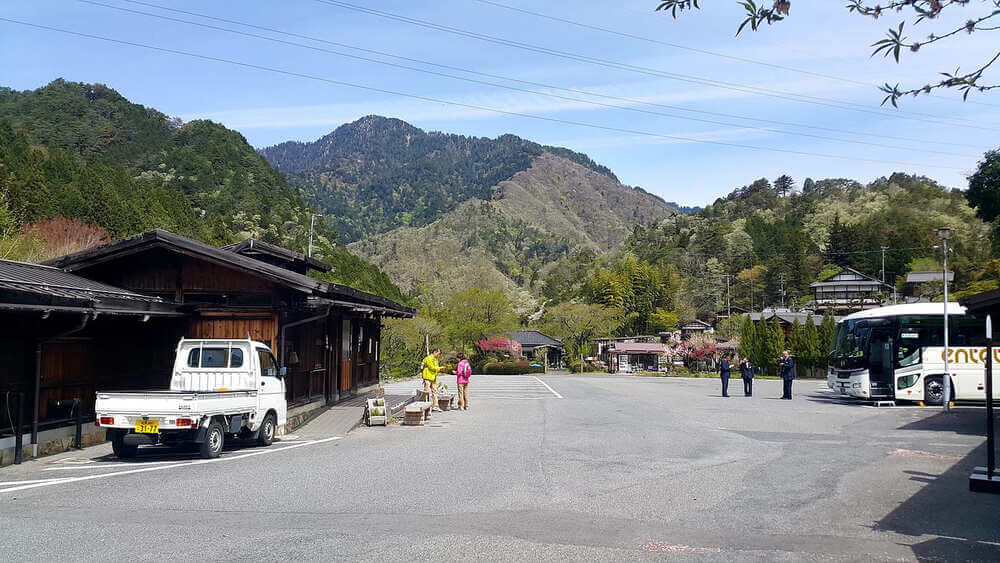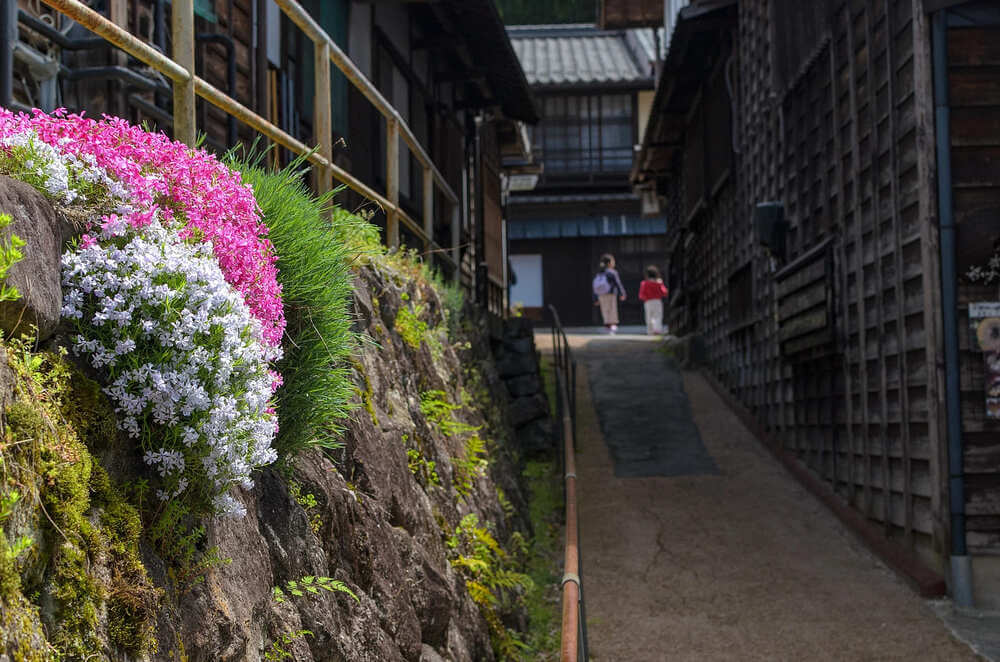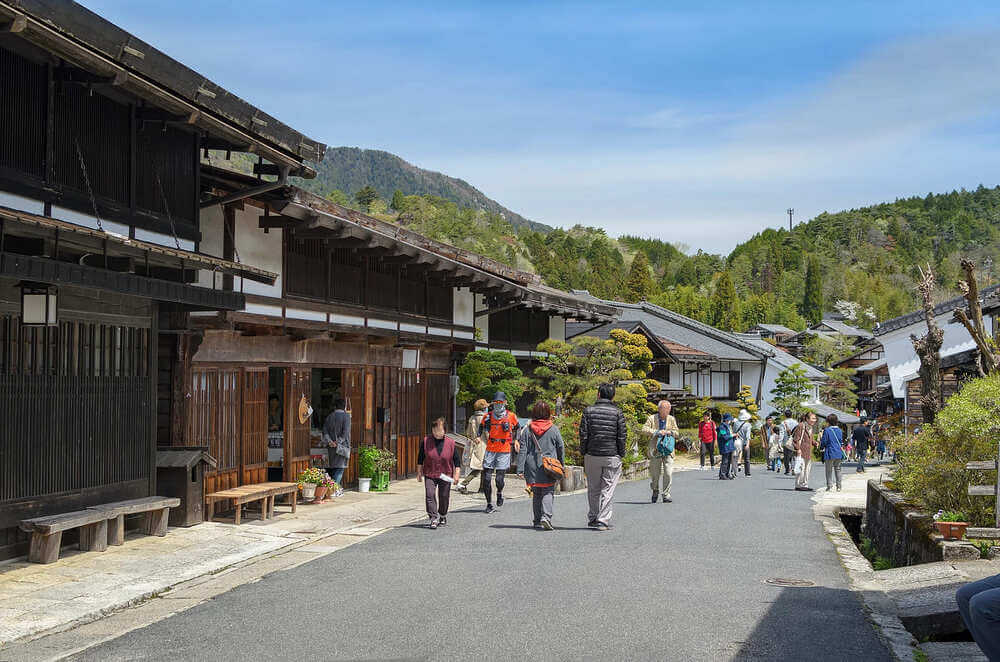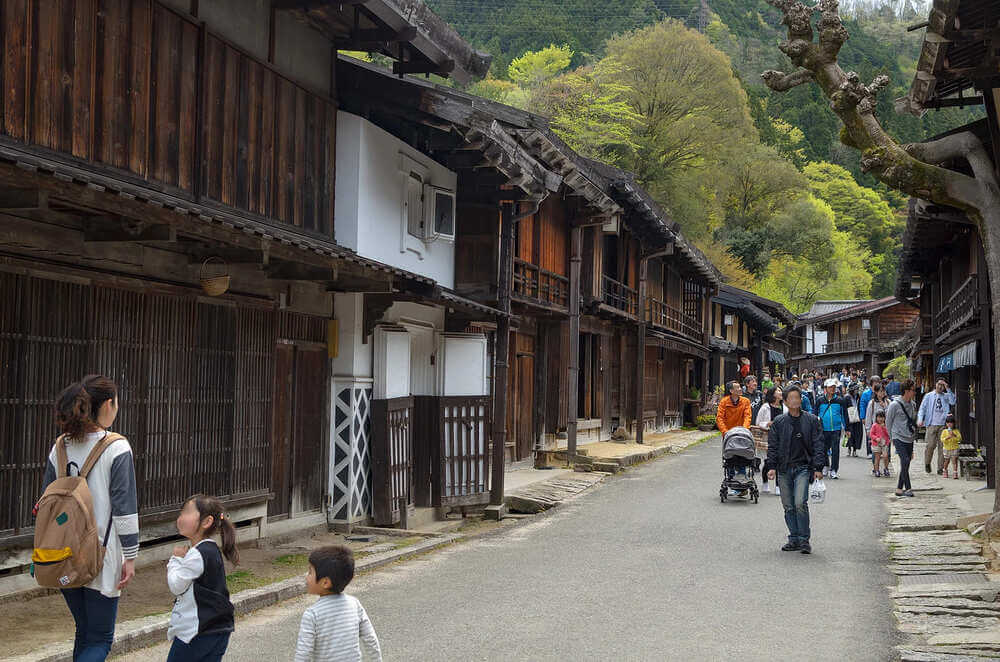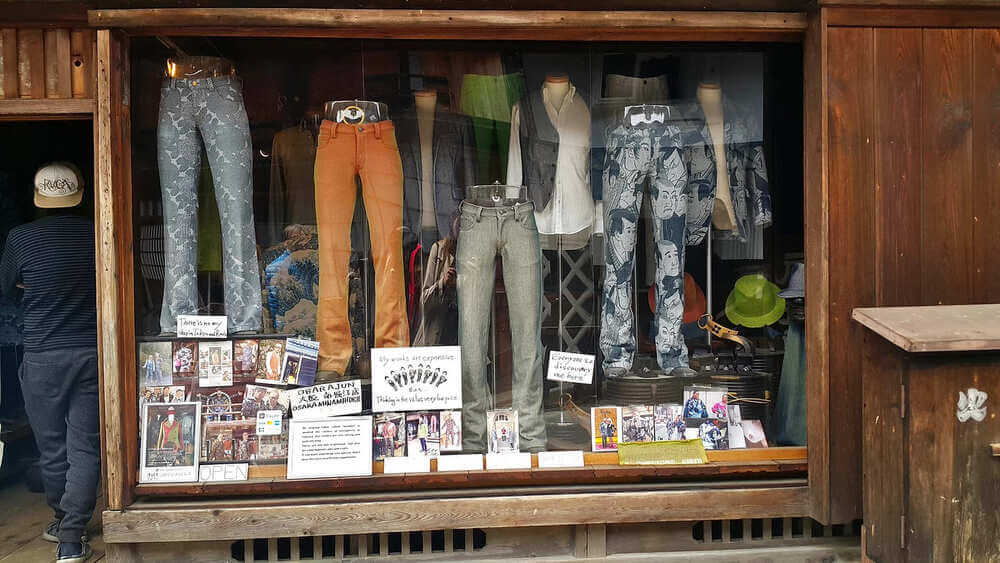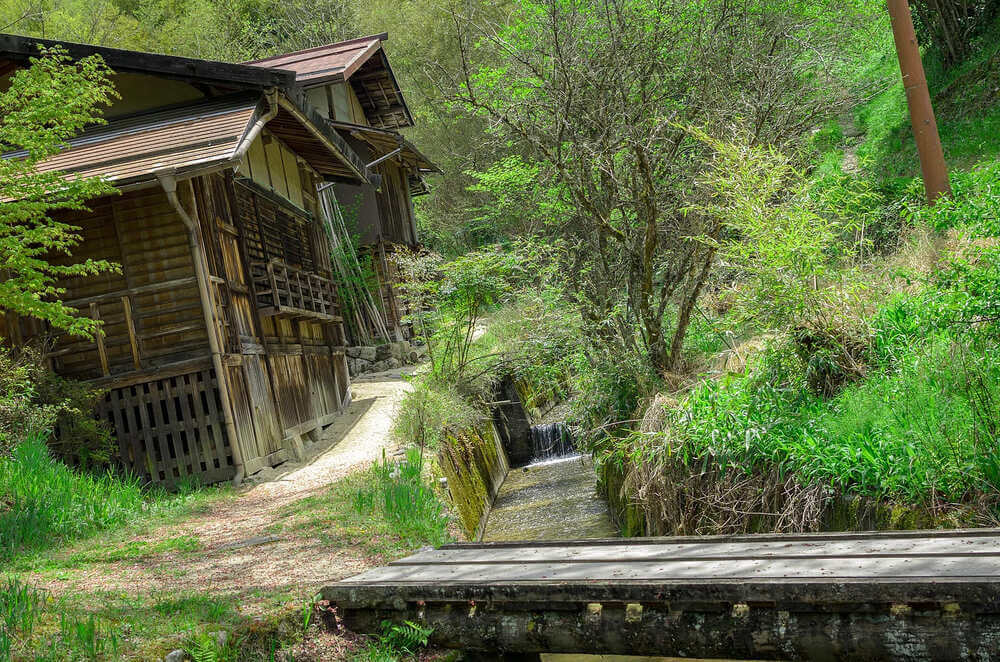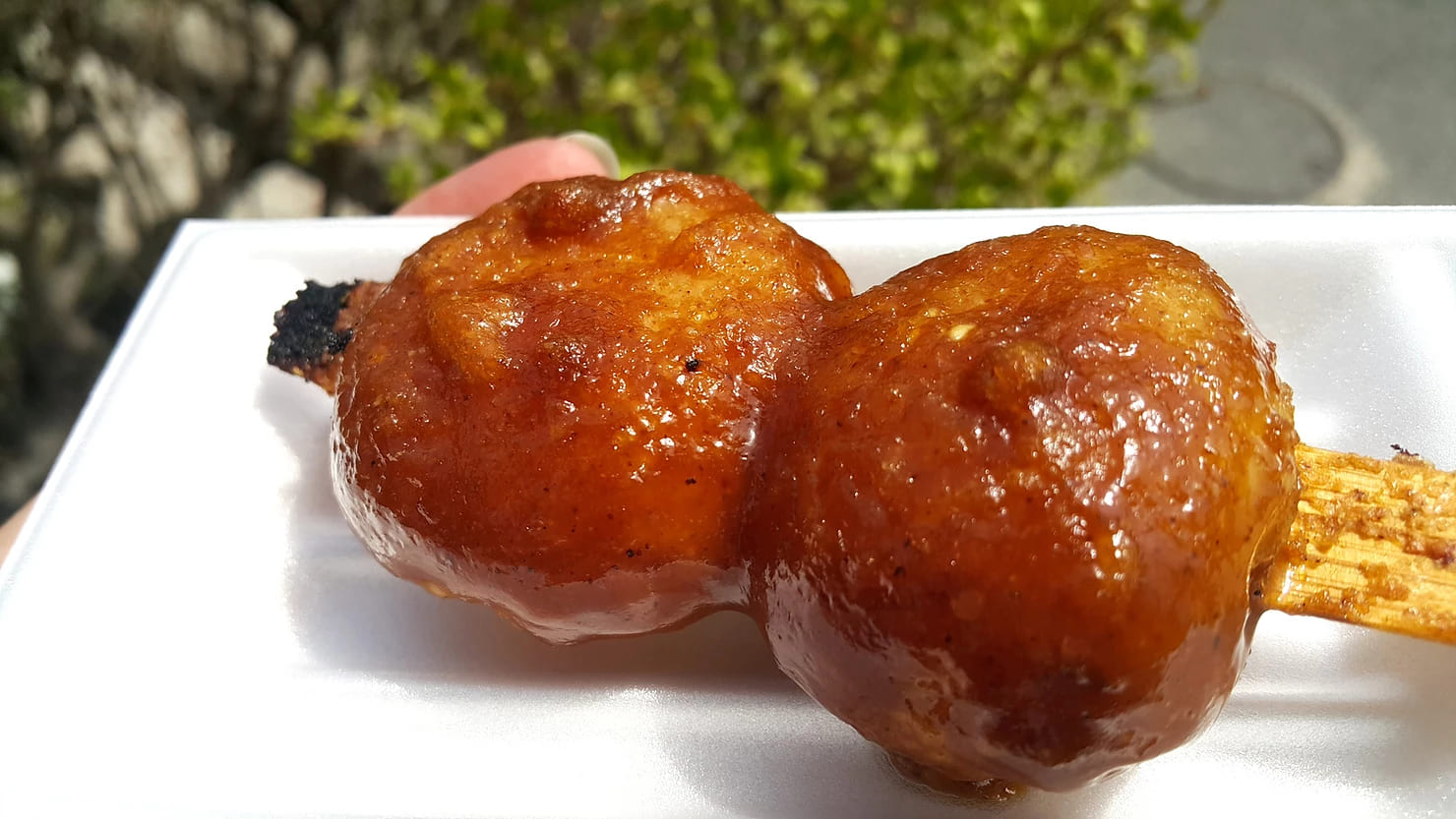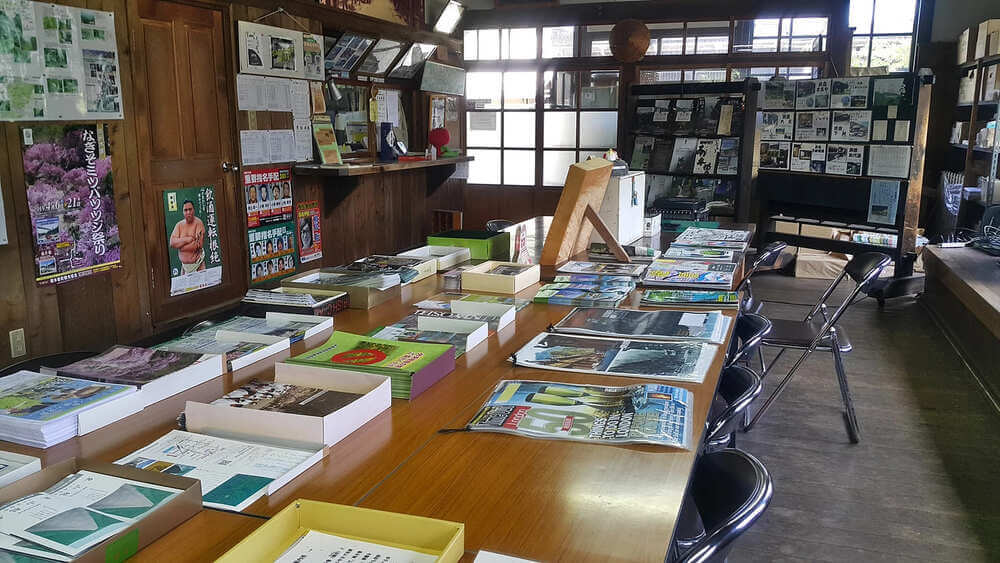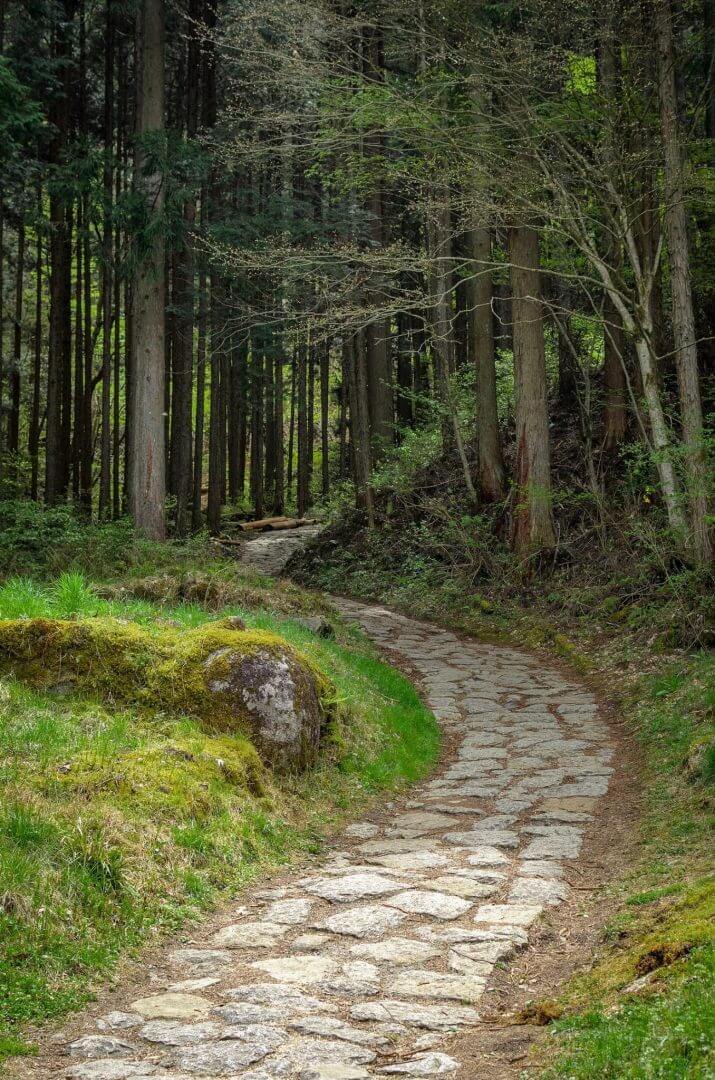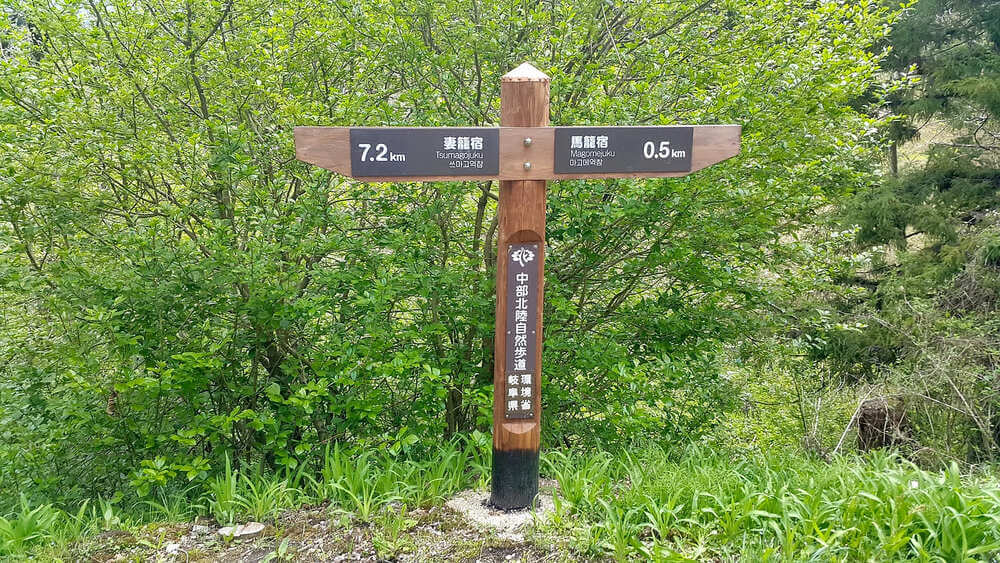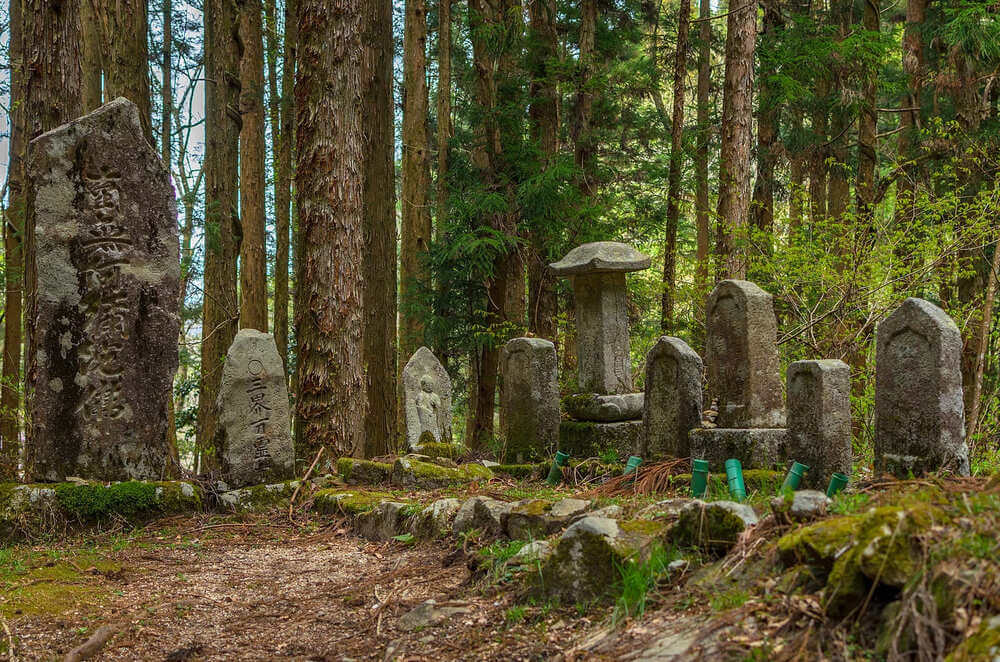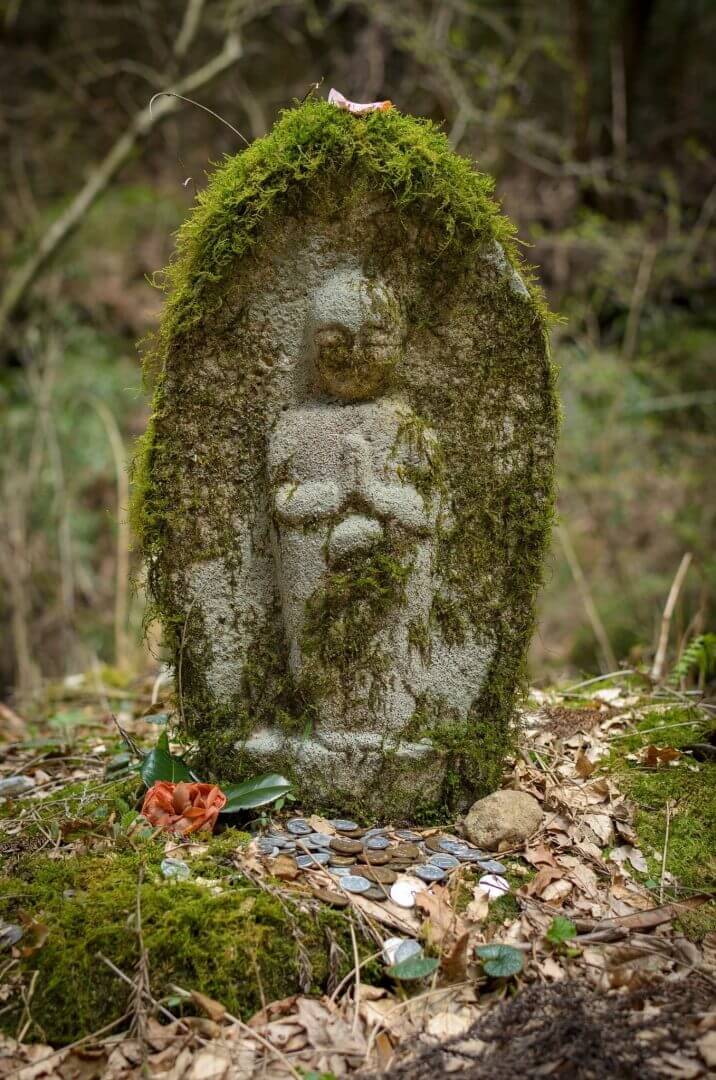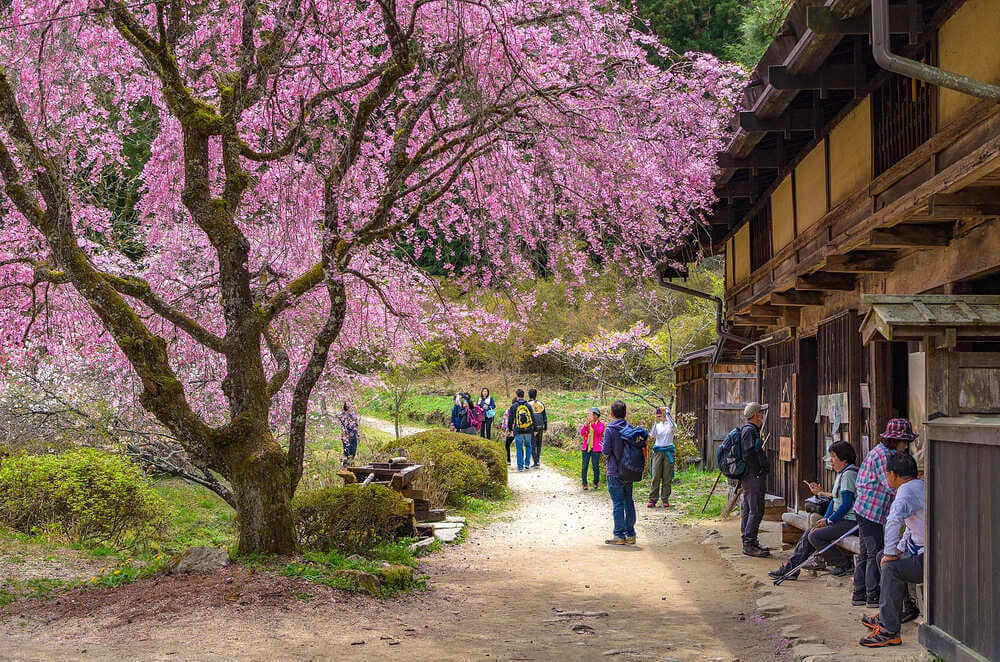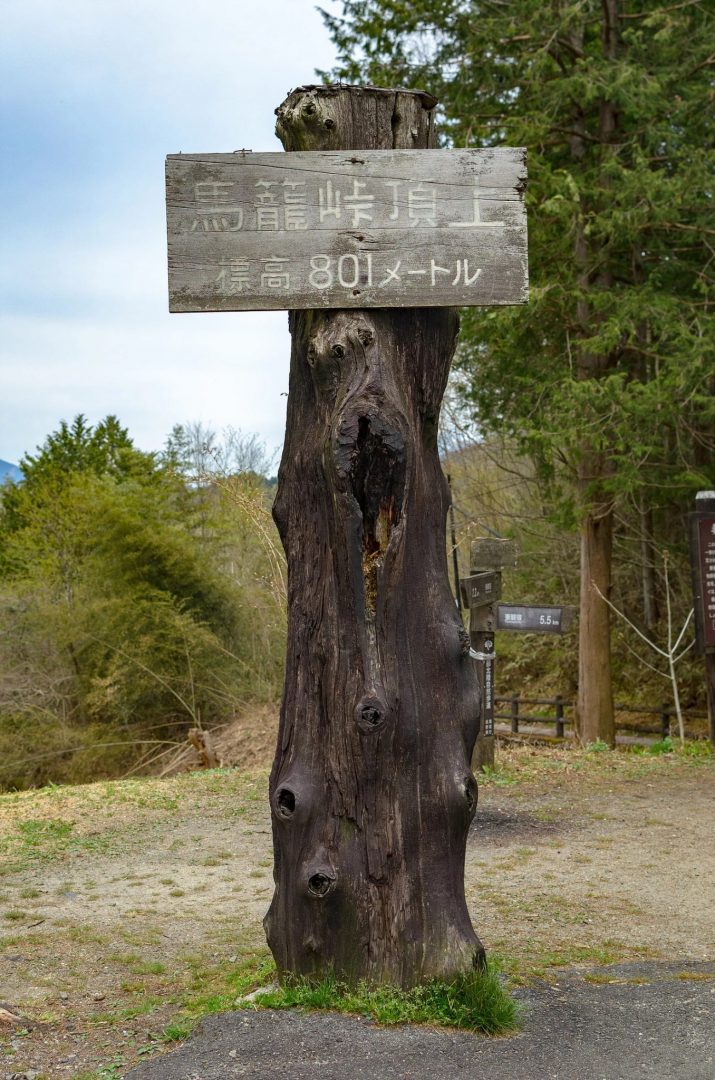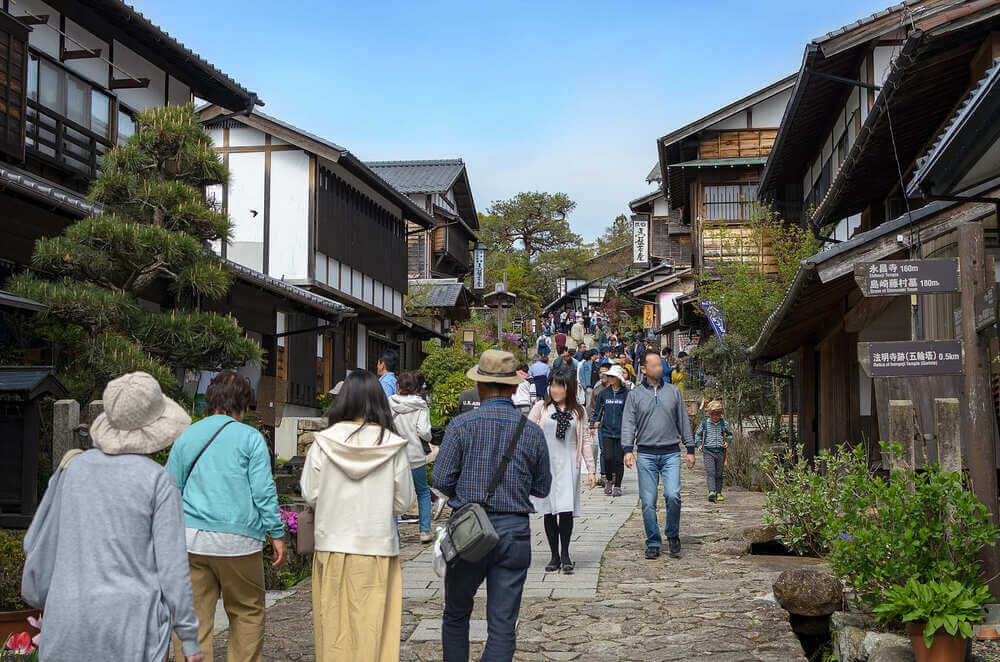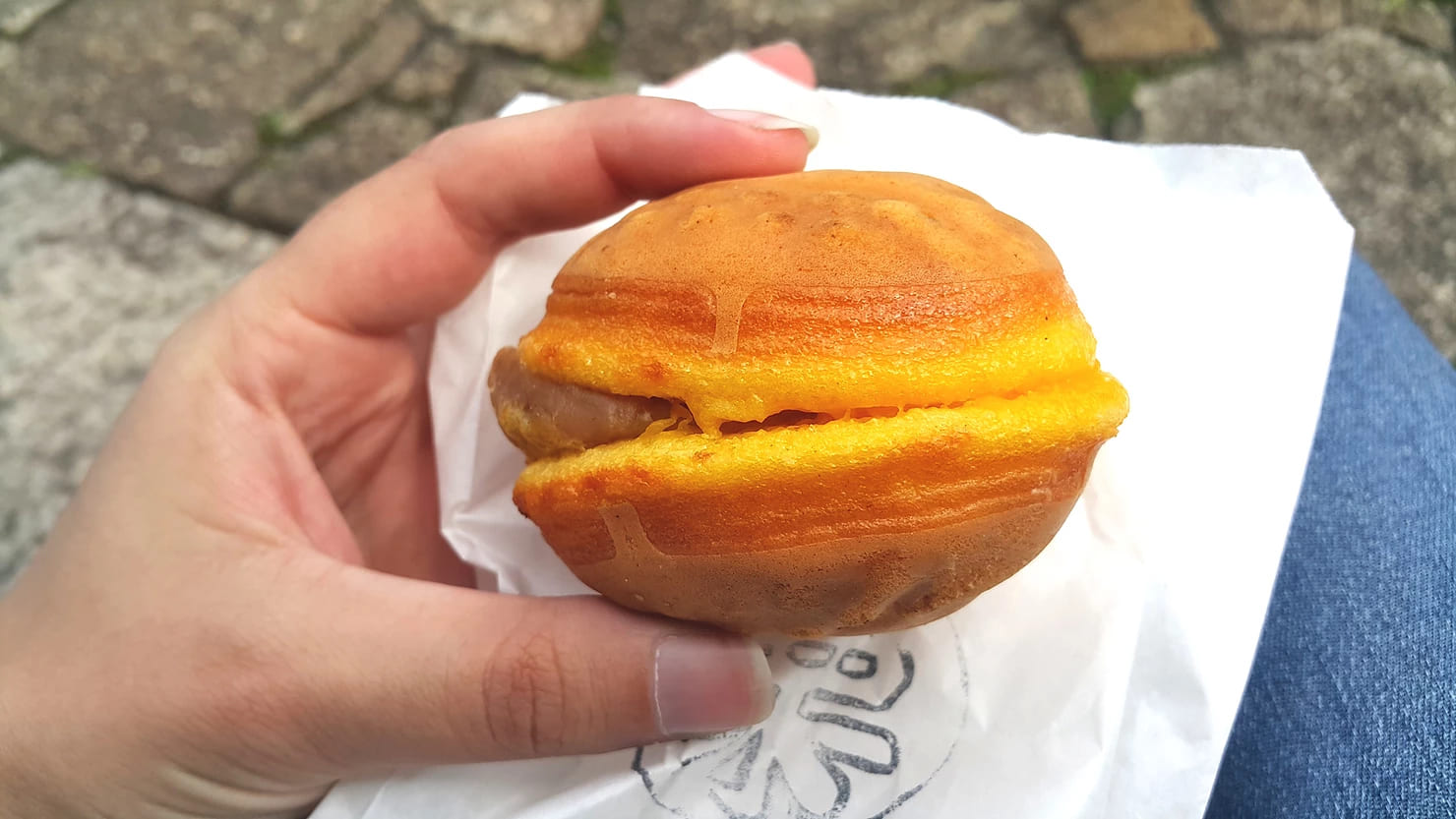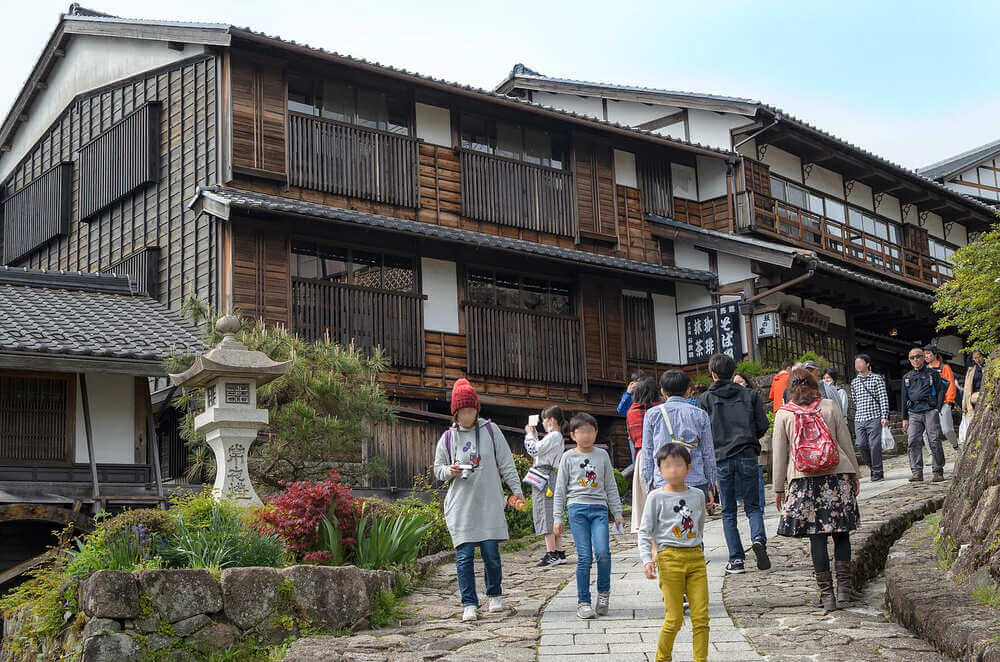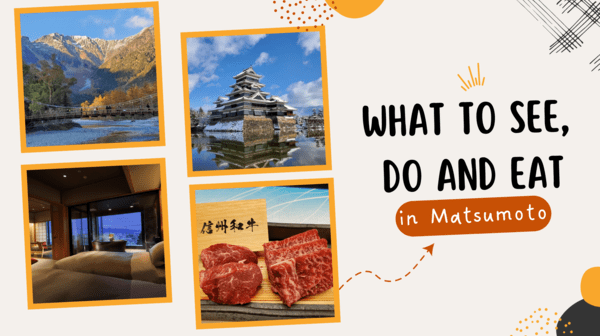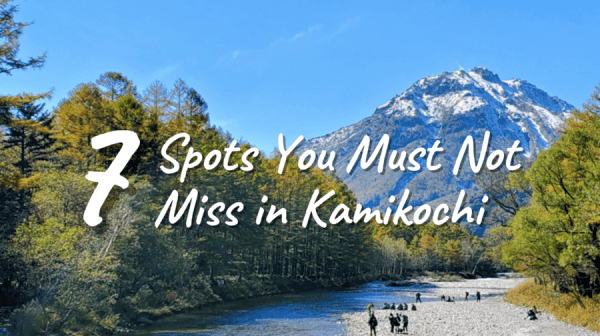Summary
Within the forested Kiso Valley in Nagano Prefecture lies part of an historical route that dates back to a time when samurai and geisha walked the streets and Japan was ruled by a fearsome shogun (military dictator). This route is called the Nakasendo or literally “Central Mountain Road”.
The Nakasendo connects Kyoto to Edo (modern-day Tokyo), passing inland through Nagano’s mountains, and is a whopping 534km long. It was one of the 5 important roads that were established in the Edo Period (1600-1868) under the command of the Tokugawa shogunate to be used as official travel routes to Edo. Along the Nakasendo, you will find 69 post towns that function as rest areas for travelers to take a break from all the walking. They would certainly need it, as hiking the entire route from Kyoto would take weeks to complete.
Nowadays, due to the invention of cars and trains, parts of the Nakansendo have been transformed into modern roads such as highways and railways. Still, some sections of the Nakasendo remain mostly in its original form.
The most famous of those sections is located in the Kiso Valley between the post towns Tsumago and Magome. If you want to feel what it was like in those days and follow in the footsteps of samurai, princesses and warlords, you should definitely tour through the Nakansendo Road! And that’s exactly what we did.
Old prints of Tsumago (left) and Magome (right).
You can start the trail from either Tsumago or Magome, which are both easily accessible via a train and bus ride (info on how to get there is at the end of the article!). While it is even doable as a daytrip from cities farther away such as Tokyo and Kyoto, we recommend you take your time to really experience this wonderful place and spend the night in one of the post towns or the nearby Matsumoto.
Timetable for getting to Matsumoto >
There is some discussion about which the better place is to start from; Tsumago or Magome. Starting the hike from Tsumago means you would have to walk uphill longer, because Tsumago has an elevation of 420m, while the highest point of the trail is at 801m and the end point Magome lies at 600m.
Starting from Magome means that the beginning of your hike is quite steep, but once you pass the highest point, walking the way down to Tsumago will be a breeze.
While starting from Magome is arguably the more popular and easier route, whichever one you choose as a starting point is up to you.
We decided to take on the challenge and start from Tsumago for our trip!
Traveling Back in Time in Tsumago
Our trip from Matsumoto to Tsumago started early in the morning as we took a train from Matsumoto and transferred to a Tsumago-bound bus at Nagiso Station.
Once you arrive in the post town Tsumago (or Tsumago-juku), you feel like you’ve just stepped back in time. The town is one of the best-preserved post towns in Japan, its atmosphere and look reflect the Edo period brilliantly and it looks like a samurai could come around the corner at any moment.
If you're into historical tours and want to get a feel of what Japan truly felt like in the olden days, Tsumago is the place to go. More so than Kyoto perhaps, it values its authenticity and historical roots, and there is even an agreement that no place in Tsumago should be “sold, hired out, or destroyed” so as to keep its identity.
The main attraction of the town is its street (especially the Terashita part) lined with old wooden houses and shops. The mountains in the background contribute to the atmosphere and the whole scene is so picturesque that it looks like it belongs in a painting.
You can find many interesting sightseeing spots in Tsumago, such as the Tsumago Honjin which was used as the main inn, the Kotoku-ji Temple that’s believed to be built in 1500, and the Tsumago Castle Ruins. While there’s no real castle such as Matsumoto Castle at the top of the hill, you can get a great view of Tsumago.
There are also a few restaurants and small shops that sell snacks. Local treats here include gohei mochi, a toasted rice balls covered in sweet walnut-miso paste, chestnut-flavored ice cream and soba noodles, which are made from buckwheat and are famous in the Nagano Prefecture. Treat your taste buds with Nagano's local foods!
After wandering around for a while, we decided it was time to start walking the trail, so we simply followed the signs to Magome. This will take you out of the old post town and into a wonderful rural tour of Japan's natural beauty.
While the way to Magome is pretty straightforward and easy to follow, you can pick up a map from the Tourist Information Center before you leave or download a map here. There are signs along the way in both Japanese and English, so you don’t have to worry about losing your way.
The Historical Nakasendo Road
The road is about 8 kilometers long and will take you past farms and rice fields, waterfalls and stone statues, and up hills and through forests. The walk will take around 2 to 3 hours to finish, with some sightseeing breaks included. A tourist tip from us- Make sure to wear comfortable shoes, preferably hiking shoes if you have them.
Along the way, you come across various signs that lead you in the right direction as well as signs that warn you for bears. Many places also have a bell you can ring to scare away any possible bears, so you might hear some ringing during your journey.
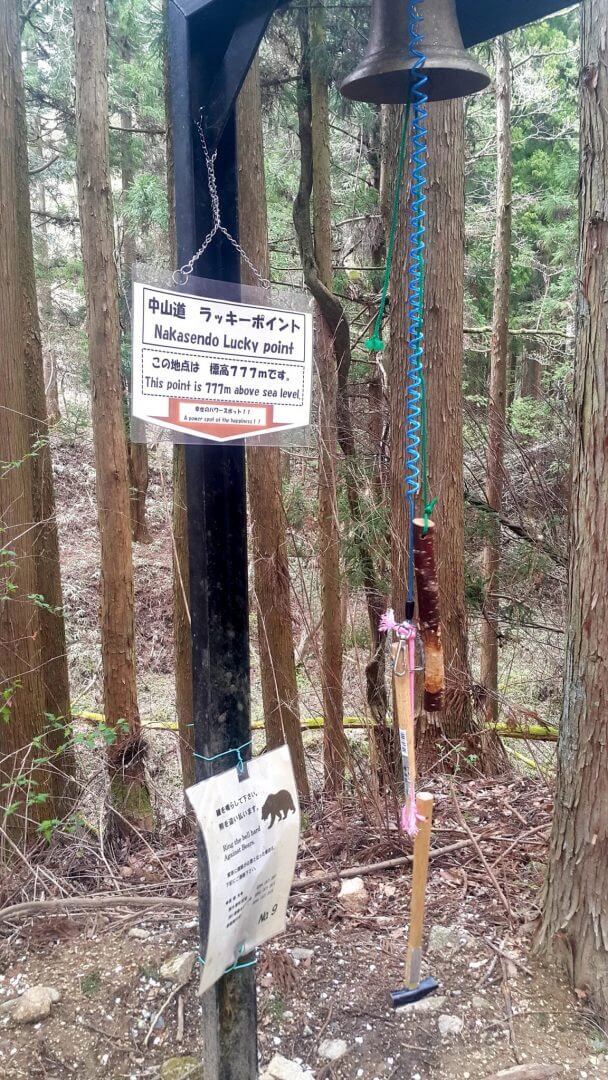
Midway through the walk, you will find a tea house where you can rest for a while and enjoy some tea and Japanese sweets. If you’re tired, a short rest here will definitely restore your energy. We certainly needed that for the last part, because the road ahead was steep, and it results in the highest point between Tsumago and Magome: the Magome Pass (801m).
Once you’ve climbed up the Magome Pass, the path goes all the way down, which was a nice change of pace as we were walking uphill until then.
Arriving in the Beautiful Magome
After more than 2 hours, we finally arrived in Magome. Before you enter the town itself, there is a platform overlooking the surrounding forest and mountains that gives you an amazing view.
As you enter Magome, you might notice the contrast between this town and Tsumago. Whereas Tsumago feels like it came straight out of the olden days, Magome has a more modern feel. It still has the same houses you find in Tsumago and other post towns, but the restoration that was done makes the place feel brighter and perhaps a little more touristy. There’s plenty to see here as well, such as the Wakihonjin Museum, a former inn that’s turned into a museum, and many shops and restaurants.
We were also pretty hungry from all the walking, so we grabbed the first thing we saw... or smelled, rather. A delicious aroma filled the air and we spotted a small shop making cake-like balls with custard or sweet red bean paste inside and a sweet chestnut in the middle. It was the perfect snack.
After spending some time looking around the shops, we decided to call it a day and take a bus to Nakatsugawa, the closest train station to Magome, and go back to Matsumoto.
The Best Time to Go
The best time to go would be in spring (April) or autumn (October/November). Doing so means that you get to see some beautiful cherry blossom trees or colorful autumn foliage during your hike, and it will make the trip all the better!
Also, while most of the road takes you through the forest, some sections do not have any trees or anything else to provide shade. This means that when the sun shines overhead it can get extremely hot in summertime. If you do intend to go in summer, do not forget to bring a hat (or buy a straw hat at one of the shops) and lots of water!
Read also spring article:
・Top 5 Cherry Blossom Sightseeing Spots in Nagano Prefecture
Read also autumn articles:
・A Day Filled with Ropeway Rides and Stunning Autumn Foliage in the Tsugaike Nature Park
・Hike through the most amazing autumn scenery in Mount Norikura
Getting to Nakasendo
Start from Magome:
From Matsumoto, you can take the Limited Express (Wide View) Shinano or take the local JR Chuo Line train to get to Nakatsugawa. From Nakatsugawa, take a bus to Magome.
Once you’ve arrived in Tsumago after your hike and you want to return to Matsumoto, you take the Nagiso-Tsumago-Magome bus to Nagiso Station. From Nagiso Station, you can take the Limited Express (Wide View) Shinano or the JR Chuo Line train back to Matsumoto. You can check the train times via Hyperdia.
Start from Tsumago:
If you want to start from Tsumago, just do the above the other way around.
For those who would want to see the old post towns but don’t want to walk the Nakasendo Trail, the Nagiso-Tsumago-Magome bus can take you from Magome to Tsumago as well. However, buses are few and infrequent, so please check the departure times before you leave.


